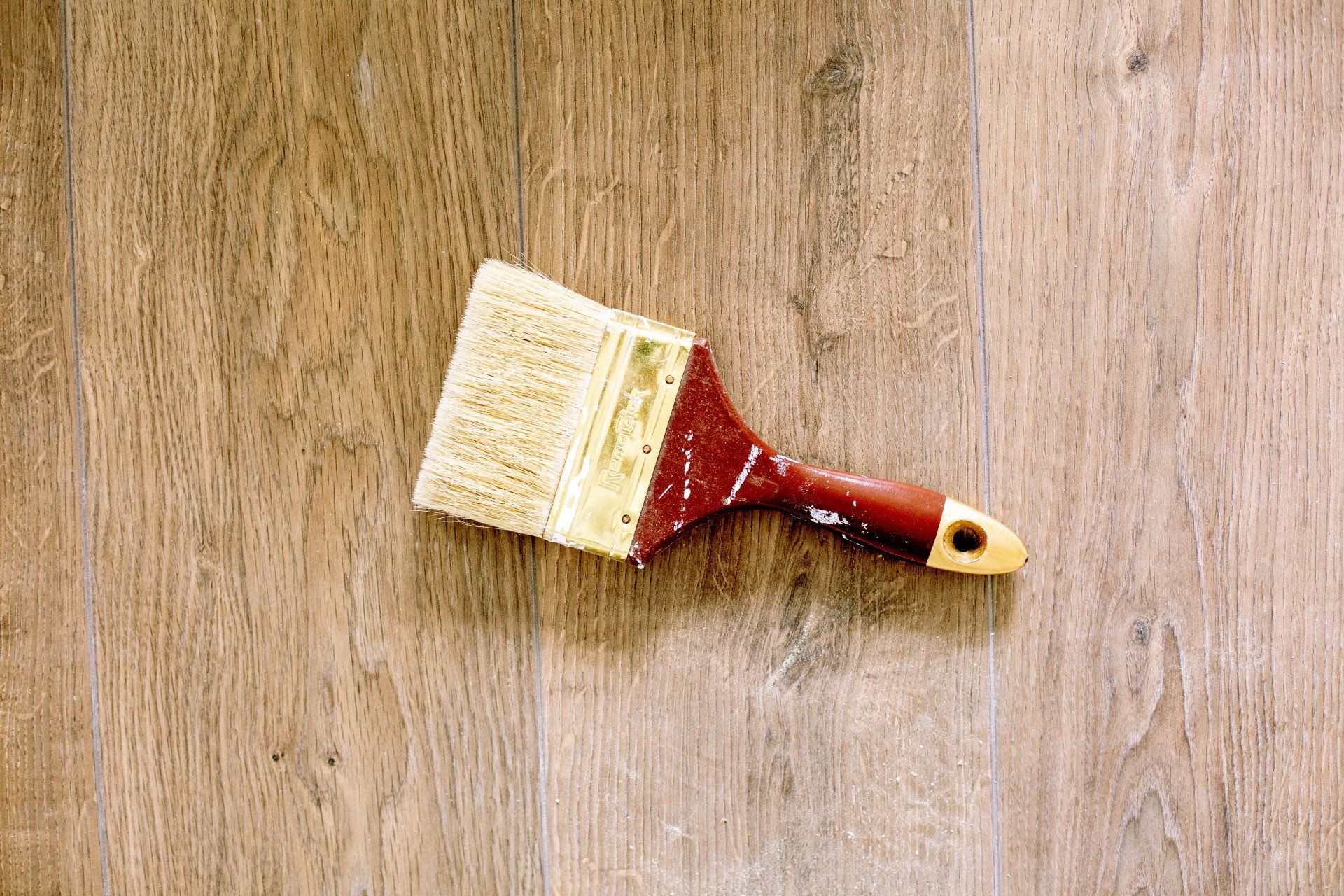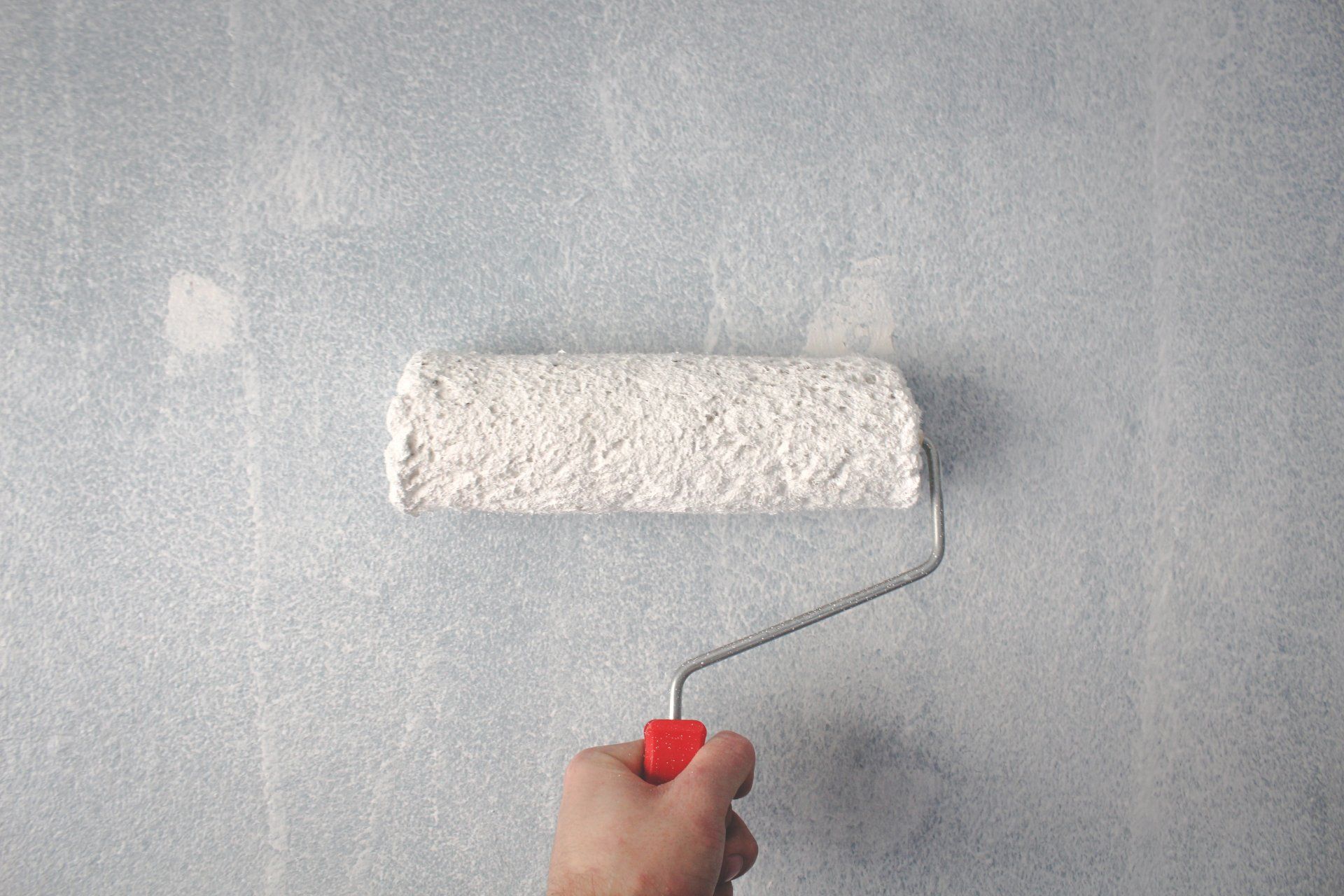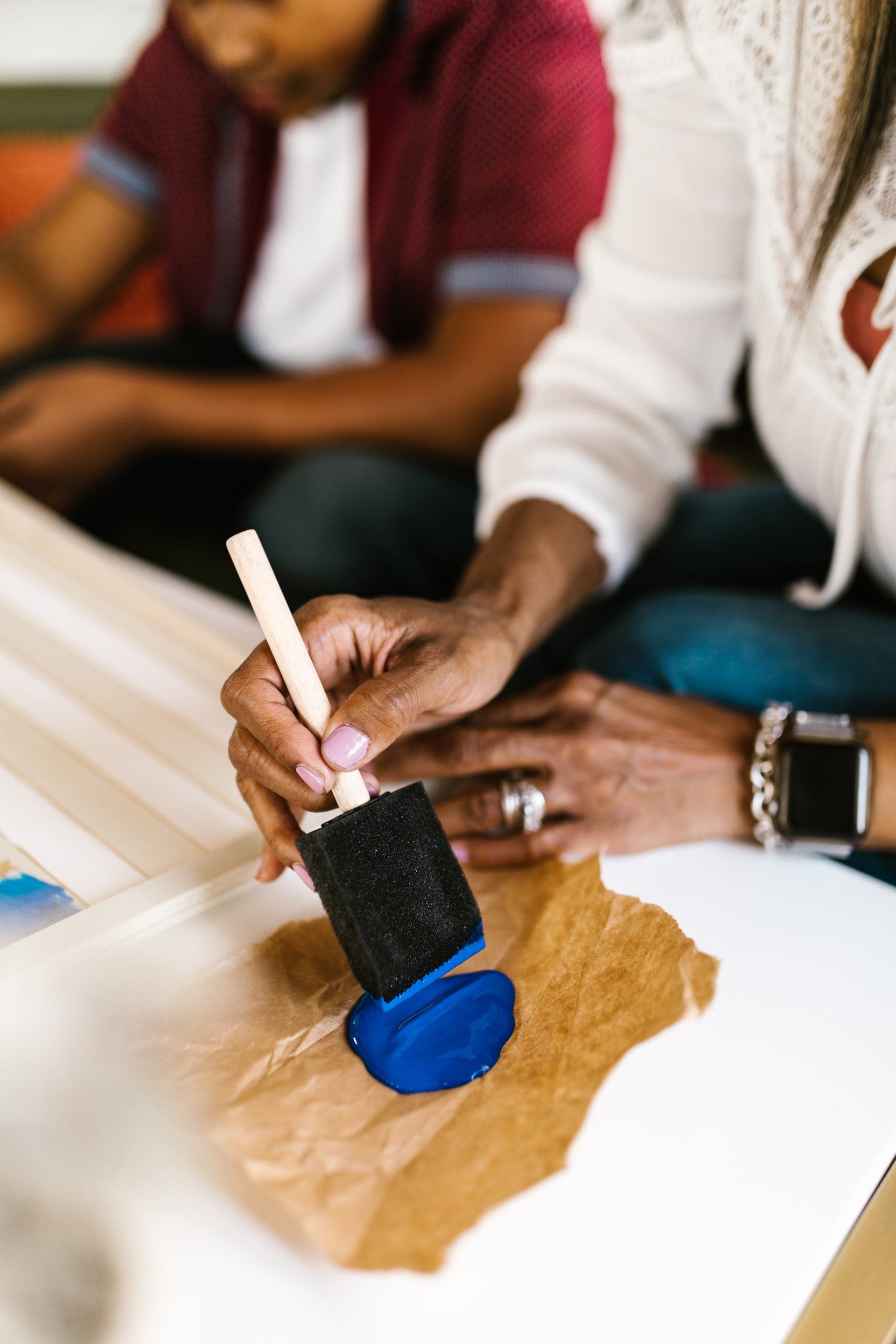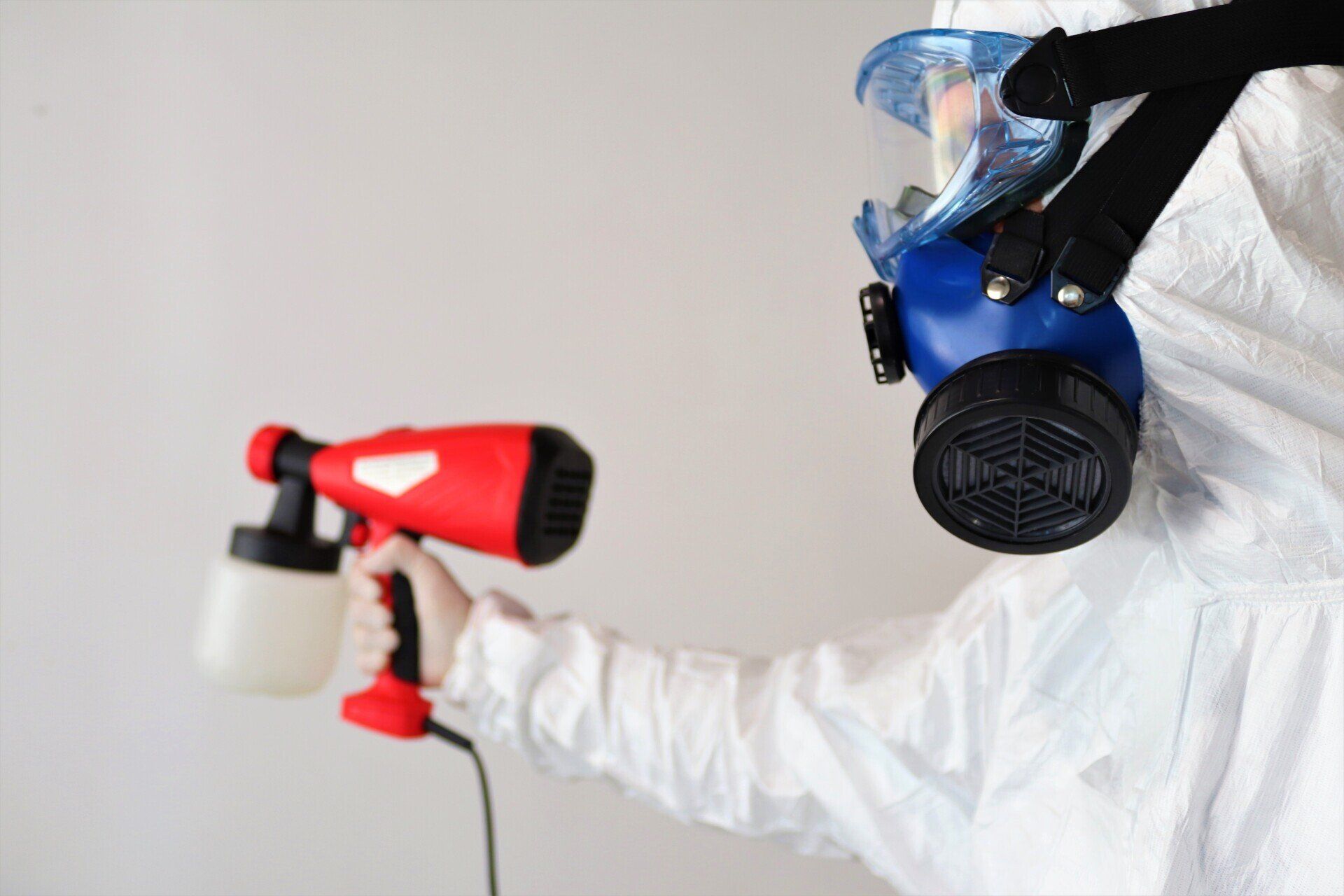Kelowna Painting Professionals
Choosing a Paint Applicator to Paint Your Home

Slide title
Write your caption hereButton
Slide title
Write your caption hereButton
Slide title
Write your caption hereButton
Slide title
Write your caption hereButton
Embarking on a painting project is a creative and rewarding endeavor that can breathe new life into your surroundings. To achieve a professional finish, understanding the diverse range of paint applicators available is crucial. In this comprehensive guide, we'll explore brushes, foam brushes, rollers, paint pads, and spray guns, unlocking the secrets to their effective use.
1. Brushes
Overview: Brushes are versatile tools that come in various shapes, sizes, and materials. Whether you're working with natural bristle brushes for oil-based paints or synthetic brushes for water-based paints, they excel in intricate details, trim work, and cutting in around edges.
How to Use:
- Choose the right brush for your paint type.
- Dip the brush into the paint, tapping off excess.
- Use long, even strokes for a smooth finish.
- Angle the brush for detailed work and trim.
When to Use: Brushes are ideal for small areas, corners, and detailed work, such as window frames and molding.
Tips for Bristle Brushes:
a. Natural Bristle Brushes:
- Load Efficiently: Dip the brush about one-third of the bristle length, allowing for optimal paint distribution.
- Long Strokes: Employ long, sweeping strokes to avoid visible brush marks.
- Maintenance: Clean thoroughly with paint thinner after use.
b. Synthetic Bristle Brushes:
- Water Basin Technique: Keep a water basin handy for occasional rinsing, preventing paint buildup.
- Tip for Edges: Use the tip for precision, especially when painting corners or narrow spaces.
- Quick Dry Test: Synthetic brushes tend to dry faster; practice swift, deliberate strokes.
2. Foam Brushes
Overview: Foam brushes, with their smooth and even surface, offer a disposable option suitable for smooth surfaces and tight spaces. The foam material ensures a streak-free application.
How to Use:
- Dip the foam brush into the paint.
- Apply with long, even strokes, avoiding heavy pressure.
- Dispose of after use for easy cleanup.
When to Use: Best for small projects, crafts, and smooth surfaces where a clean finish is essential.
Tips for Foam Brushes:
a. Standard Foam Brushes:
- Consistent Pressure: Apply consistent pressure to maintain an even coat.
- Edging Technique: Perfect for edging and trim work; angle for precision.
- Reuse Hacks: Extend the life by wrapping with plastic between uses.
b. High-Density Foam Brushes:
- Glide Smoothly: Due to denser foam, they glide smoothly over surfaces for a refined finish.
- Light Pressure: Apply light pressure to avoid excessive paint absorption.
- Edge with Precision: Ideal for detailed work, especially around intricate patterns.
c. Foam Brushes with Wooden Handles:
- Controlled Movements: The wooden handle provides better control; ideal for prolonged projects.
- Gentle Pressure: Use gentle, controlled pressure to avoid foam compression.
- Cleaning Tip: Remove excess paint from the foam to prevent drips.
3. Rollers
Overview: Rollers are efficient for covering large areas quickly and evenly, coming in various nap lengths to suit different surfaces.
How to Use:
- Select the appropriate roller type and nap length for your surface.
- Roll the paint onto the surface in a "W" or "M" pattern.
- Regularly reload the roller to maintain an even coat.
When to Use: Perfect for large wall surfaces, ceilings, and areas where a consistent finish is crucial.
Tips for Standard Rollers:
- Nap Length: Short (1/4 inch) to Medium (3/8 inch)
- Use: Versatile for a range of surfaces
- Wet Edge Technique: Maintain a "wet edge" by slightly overlapping each pass to prevent roller marks.
- Pattern Variation: Vary your rolling pattern (horizontal, vertical, diagonal) for an even coat.
- Avoid Overloading: Prevent drips by not overloading the roller; a consistent, light load is key.
Tips for Long-Nap Rollers
- Nap Length: 3/4 inch to 1 1/4 inch
- Use: Ideal for textured surfaces like stucco or heavily textured walls.
- Press Firmly: Apply firm pressure for the nap to reach textured surfaces effectively.
- Reload Often: Textured surfaces absorb more paint, so frequent reloading ensures uniform coverage.
- Double Pass Technique: Consider a double pass for deep textures, ensuring complete paint penetration.
Tips for Microfiber Rollers
- Use: Ensures a smooth finish with minimal splatter
- Minimal Splatter: Microfiber rollers naturally minimize splatter, but a controlled roll enhances results.
- Even Pressure: Maintain even pressure for a consistent finish; avoid excessive force.
- Dry Roller Technique: Dry the roller slightly before starting for better paint absorption.
Tips for Foam Rollers
- Use: Suitable for smooth surfaces, delivering a fine finish
- Smoother Finish: Foam rollers excel in achieving a smooth finish; use long, even strokes.
- Precision Edging: The rounded edges allow for precision when painting corners and edges.
- Minimal Drips: Foam rollers generally create fewer drips; ensure a controlled application.
4. Paint Pads
Overview: Paint pads consist of a flat applicator attached to a handle, providing excellent coverage on walls and ceilings.
How to Use:
- Load the pad with paint using a tray.
- Apply the paint in straight lines, overlapping strokes slightly.
When to Use: Great for walls, ceilings, and areas where you need the coverage of a roller but the precision of a brush.
5. Spray Guns
Overview: Spray guns use compressed air to atomize paint into a fine mist, offering an even coat on various surfaces, commonly used in professional settings.
How to Use:
- Adjust the nozzle for the desired spray pattern.
- Maintain a consistent distance from the surface.
- Wear protective gear to avoid inhalation.
When to Use: Best for large projects, such as automotive painting or furniture refinishing, where an airbrushed finish is desired.
Conclusion
Mastering the art of painting involves choosing the right tools for the job. By understanding the strengths and applications of different paint applicators, you can elevate your painting projects from ordinary to extraordinary. Experiment with each type, practice your techniques, and soon you'll be creating masterpieces with confidence.
For professional painting services in Kelowna, trust Kelowna Painting Professionals. Call us at 778-771-4894 for all your painting needs. Happy painting!



Don't hesitate to get in touch for your professional painting service here in Kelowna and the Okanagan
Cities We Serve
- Kelowna
- West Kelowna
- Lake Country
| Kelowna Painting Professionals